How to grow peppers from seed to sweeten up your kitchen garden
Delicious and colourful, knowing how to grow peppers from seed will brighten up a south facing windowsill or vegetable patch for next to nothing
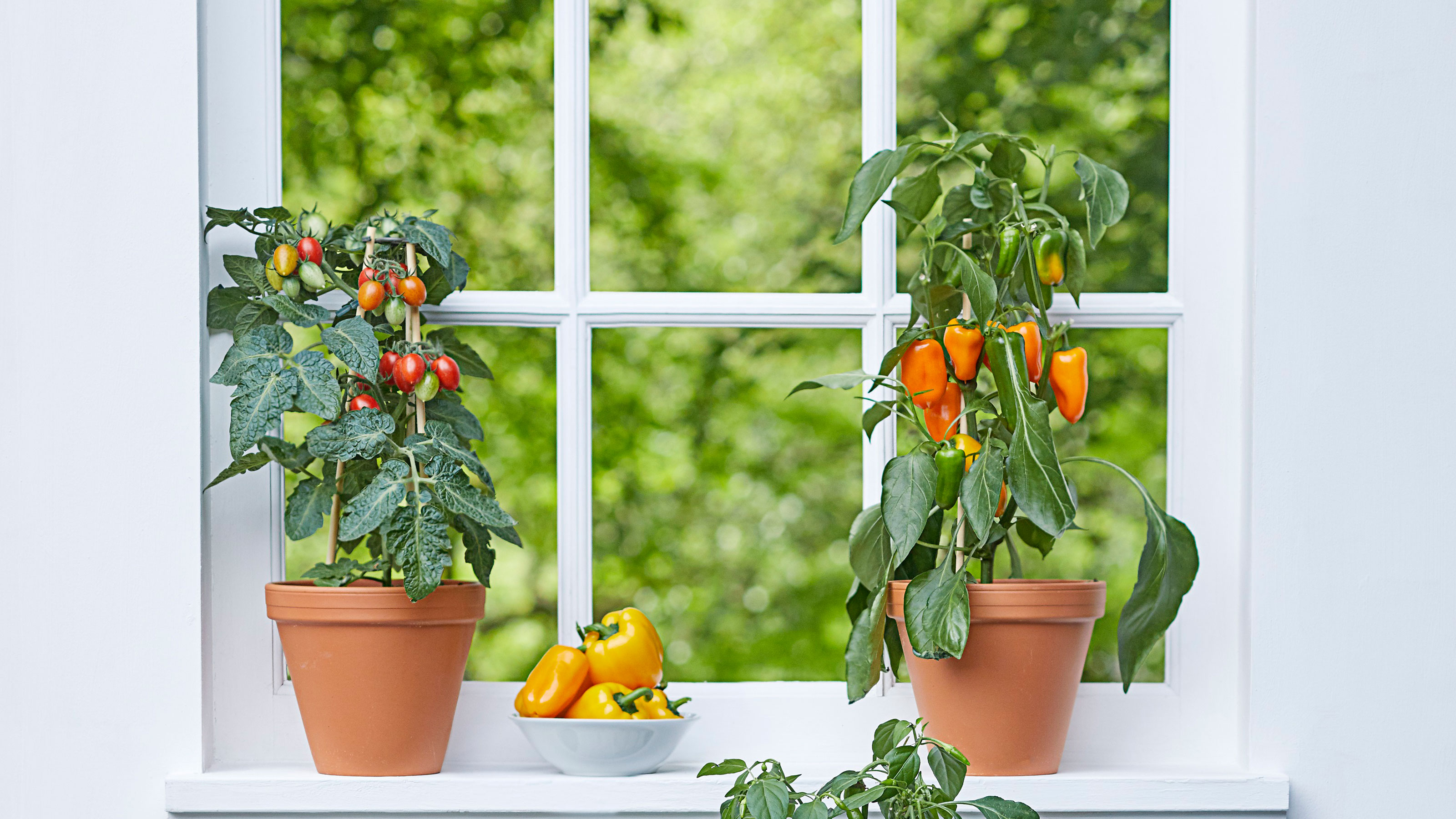
- What you'll need
- Step-by-step
- 1. Choose your seeds
- 2. Select your spot
- 3. Prepare your seed trays
- 4. Sow the seeds
- 5. Allow pepper seedlings to grow
- 6. Transfer pepper seedlings into the ground or into pots
- 7. Mulch and fertilise
- 8. Transfer to final pots
- 9. Consider pest and disease management
- 10. Enjoy a bountiful harvest
- FAQs
Learning how to grow peppers from seed is thrifty, fun and largely rewarding. Not only will the fragrant plants look impressive growing on your windowsill (that's right) no need for a greenhouse) but the variety of fruits to cultivate is much wider than the usual red, green or orange we are restricted to at most supermarkets.
Once harvested, sweet peppers are delicious in salads, and Italian dishes and can be frozen as well as pickled. Originating from the South American genus, Capsicum, sweet and bell peppers are super easy to grow at home, just like growing chilli peppers.
When learning how to grow peppers from seed you'll find you can grow peppers in pots in a greenhouse, south-facing windowsill or warm conservatory. Once the weather warms up transfer them outside.
How to grow peppers from seed
Follow this beginner's guide on how to grow peppers from seed in order to produce a plentiful homegrown harvest of this sweet and colourful cooking essential.
'Growing peppers from seeds can be incredibly rewarding, allowing you to enjoy a variety of flavours and heat levels straight from your garden,' says Chris Bonnett, founder and horticultural expert and Gardening Express.

What you'll need
- Pepper seeds - try Sweet Pepper California Wonder or Sweet Pepper Golden Star
- Seed trays or small pots - the Cymax120 Cells Seed Starter Tray Kit available on Amazon is bio-degradable.
- Seed starting mix - This specially formatted Levington Seed & Cutting Compost, available at Robert Dyas is ideal.
- Spray bottle
- Compost
- Fertiliser
- Canes
- Vegetable pots or an outdoor plot
How to grow peppers from seeds step-by-step
1. Choose your seeds
As mentioned there is a huge variety of choices when it comes to growing peppers from seed. Most supermarkets stock red, yellow and green versions but why not try Purple Bell or Black Knight for a darker alternative? Or, the Mini Bell Improved Mix, is deliciously sweet and delightful.
'Select pepper that suits your climate and taste preferences. Consider options like bell peppers, jalapeños or habaneros,' continues Chris Bonnett.
2. Select your spot
According to the RHS, Sweet peppers will grow and crop best in a greenhouse, polytunnel, conservatory or cold frame. But, if you are growing peppers in pots you can produce a successful harvest on a warm and sunny window sill that receives plenty of light.
'Contrary to what some people believe, you do not need a greenhouse to be able to grow your own sweet peppers from seeds. In order to get a good crop, you need a warm, sheltered and sunny site, ideally somewhere south-facing, says Graham Smith, a gardening expert from LBS Horticulture
3. Prepare your seed trays
Plant seeds undercover as early in the year as possible. Fill seed trays with the seed starter mix and moisten with the water spray.
For a DIY seedling pot alternative use upturned toilet roll holders or repurpose yoghurt pots with holes punched into the bottom.
4. Sow the seeds
Sow about five seeds per pot but space them out to give seedlings room to germinate and grow.
Sow the seeds about 1/4 inch deep and lightly cover with the starter mix. Gently press down.
5. Allow pepper seedlings to grow
'Place the containers in a warm, bright location or use a heated propagator to maintain a temperature of around 25°C,' says Josh Novell, plant expert and director of Polhill.
'Allow the water to drain from the pots, and then place them into a heated propagator or on a warm windowsill that is well lit' agrees Graham Smith.
Water well to keep the soil moist but not waterlogged. Misting the soil with the water spray will not disturb the seeds.
6. Transfer pepper seedlings into the ground or into pots
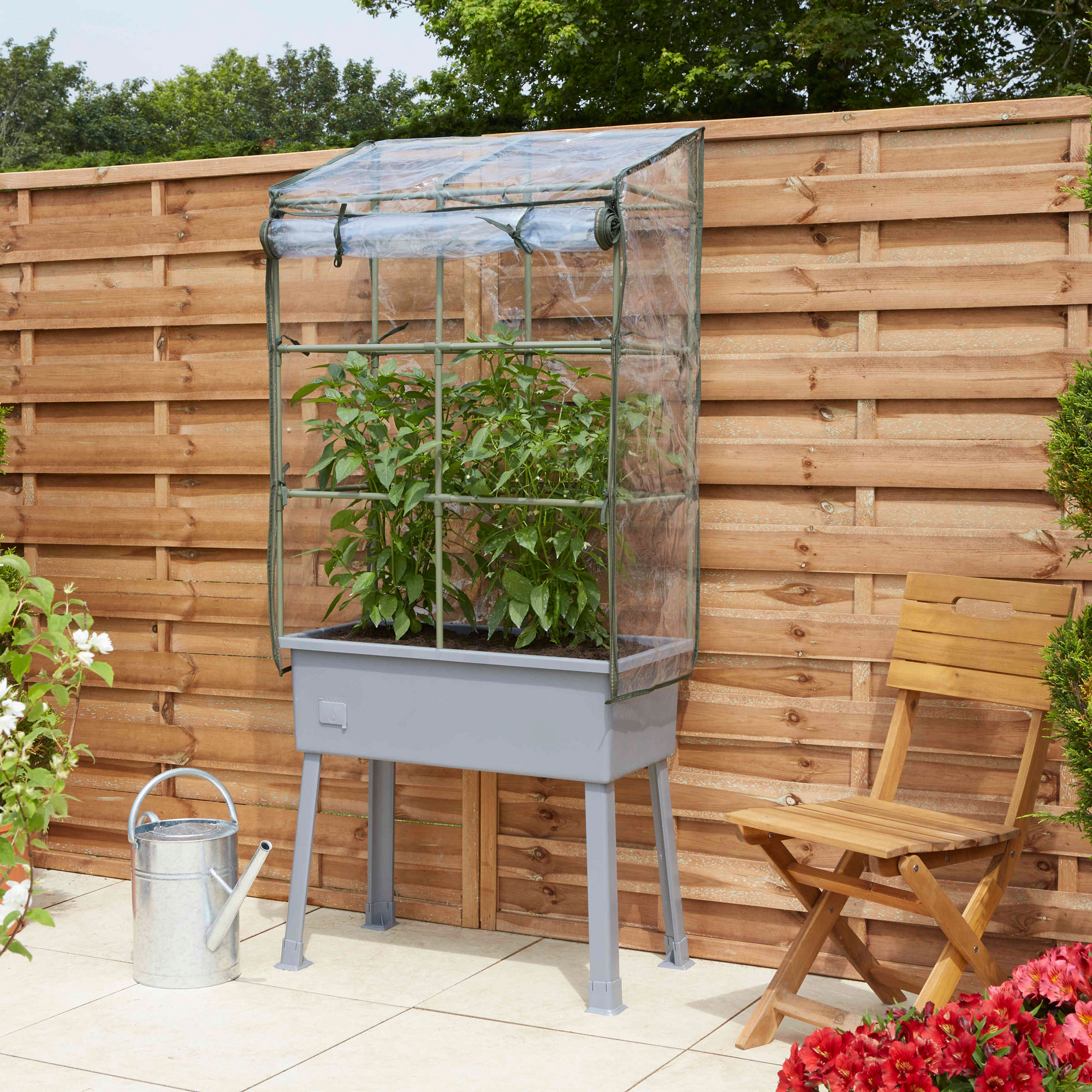
When growing peppers from seed, the seedlings will need to be transferred to pots after 2-3 weeks to give them plenty of room to grow.
'Now for the part that most people get excited by. Once the seedlings have developed two true leaves, it’s time to transplant them into individual pots, explains Josh Novell.
Carefully dislodge the seedlings from the starter pots and plant one seedling at a time into a pot filled with multi-purpose compost. Cover the plant stem with more compost to ensure the plant is secure.
Alternatively, if you are growing peppers from seed to plant into a compost-enriched vegetable patch you'll need to 'harden off' to let them adjust to outdoor elements before planting into the ground. Raise the lid of your cold frame or open the window of your greenhouse for a few hours per day.
For pots growing indoors, take them outside for short periods each day. Gradually increase their time outside for a couple of weeks until they are ready to move out permanently.
'It’s crucial that you gradually acclimatise them to outdoor conditions by hardening them off over a week or two before planting out in late May or June after the risk of frost has passed,' continues Josh.
'Simply choose a sunny, sheltered spot with well-drained soil and space the plants about 45 cm apart to ensure good air circulation.'
7. Mulch and fertilise
Pots or patches, your growing peppers from seed will need to be fed with a balanced fertiliser to encourage fruit growth.
Sweet or hot, peppers are thirsty plants, so water them regularly and do not allow them to dry up. It's wise to mulch around the plants to retain moisture and suppress weeds.
'One of the most common mistakes people make when they’re growing peppers is forgetting about them or neglecting them once they’re outdoors. It’s vital you don’t do this, though, as they require regular watering, especially during dry spells, and feeding with a high-potash fertiliser once the flowers start to form,' says Josh.
8. Transfer to final pots
Pepper plants can grow fairly big so if you are growing pepper plants from seed for pots you may choose to transfer them into a larger pot, once they start to out-grow the smaller pot.
'Generally speaking the larger the container, the larger the plant can grow, and the more peppers you can get off each plant. However that's not the case for every variety so check your seed pack,' says, Calvin Betancourt, co-founder of Pepper Geek.
Calvin uses a 10-inch 3-gallon / 11-litre pot for most of his pepper pots and gets great results.
9. Consider pest and disease management
Peppers can succumb to bug invaders such as aphids and are susceptible to diseases such as blossom end rot.
Inspect your pepper plants regularly and treat them with organic pesticides when necessary.
10. Enjoy a bountiful harvest

Once the peppers have reached their required size and colour remove them individually with scissors or pruning shears. cut from the stem at an angle just above a leaf node.
FAQs
Can you grow peppers from seeds from store bought peppers?
Yes, it is possible. Ensure the seeds come from fully ripe organic peppers and take into account that due to potential mass-produced hybridisation, harvested peppers may alter from the original store-bought variety. Some varieties may need stratification and germination times may also vary. That being said - it's a fun experiment to try!
How long does it take to grow peppers from seeds?
To grow peppers from seed requires patience. Depending on their environment, it generally takes around five months to grow and harvest when starting from seed. Indoor pepper plants should produce fruits sooner than those grown outside due to the warmer and more protected surroundings.
Knowing how to grow peppers from seed will fill your vegetable patch or patio with grow-your-own interest and colour. And, if you fancy a touch more heat, why not learn to grow chillies to as they make an ideal companion?

Josh has over six years' worth of experience in the horticulture industry. He began his career as a strategy manager before working his way up to become a director and is now a key part of the day-to-day running of Polhill Garden Centre.

Graham Smith is a member of the Chartered Institute. Heading up a national team at at LBS Horticulture, Graham has extensive knowledge in the horticultural and gardening industries. He prides himself on using his skills to help gardeners of all levels create their perfect outdoor space.
Get the Ideal Home Newsletter
Sign up to our newsletter for style and decor inspiration, house makeovers, project advice and more.
Rachel Homer has been in the interiors publishing industry for over 15 years. Starting as a Style Assistant on Inspirations Magazine, she has since worked for some of the UK’s leading interiors magazines and websites. After starting a family, she moved from being a content editor at Idealhome.co.uk to be a digital freelancer and hasn’t looked back.
-
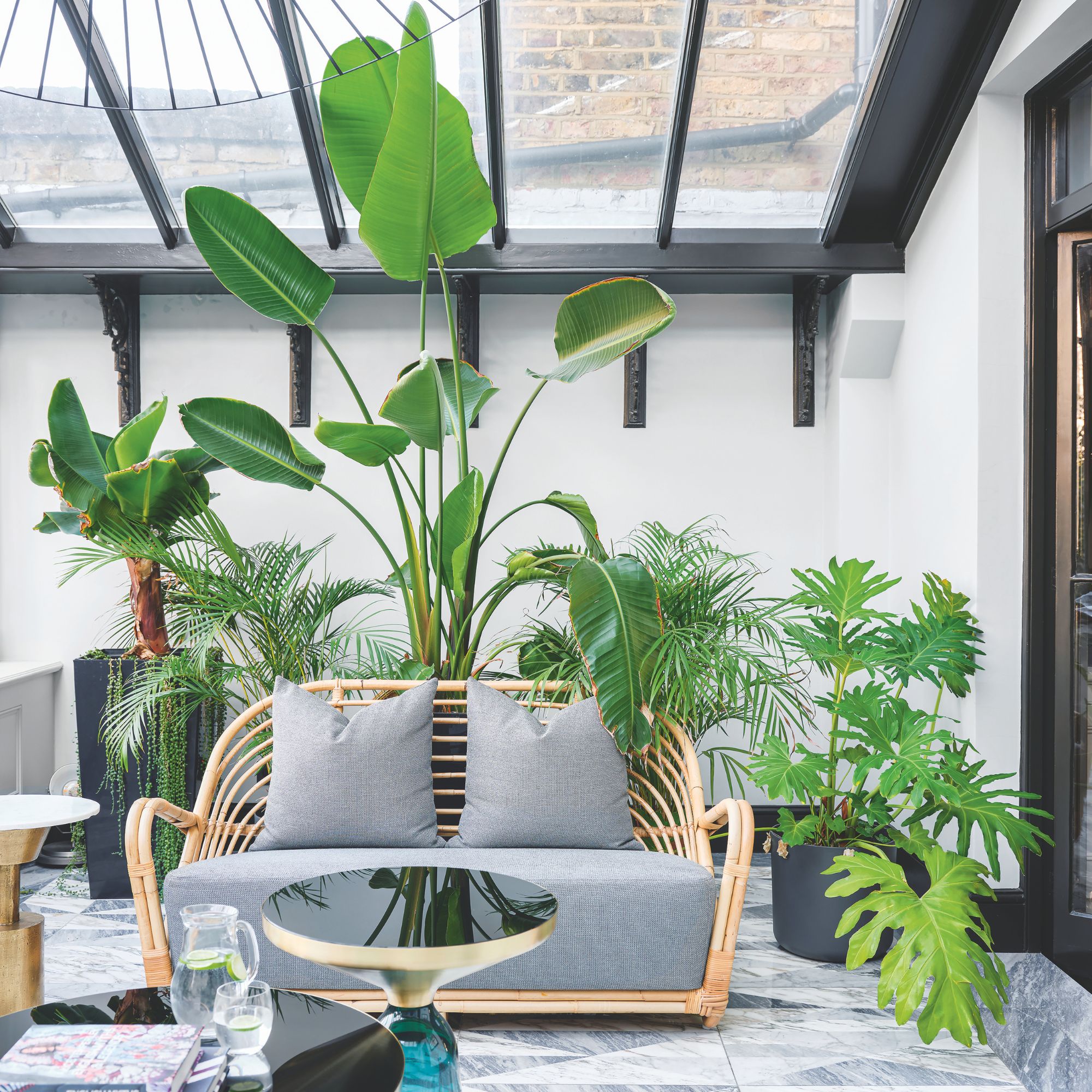 Will a conservatory add value to your home and how can you maximise it?
Will a conservatory add value to your home and how can you maximise it?This is what the pros say
By Amy Reeves
-
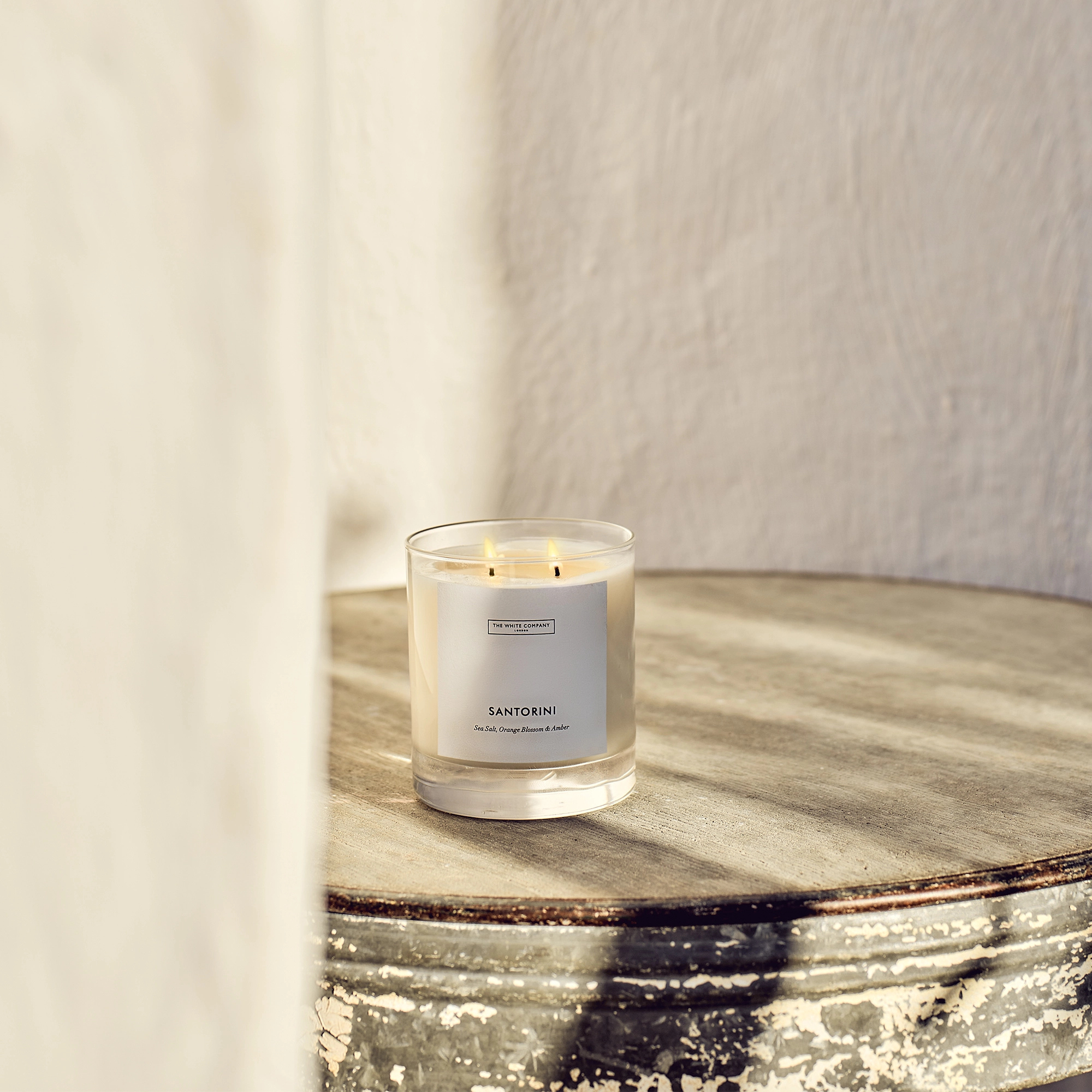 I’ve been looking for a new signature scent for my home and The White Company's new fragrance is the exact summer holiday smell I needed
I’ve been looking for a new signature scent for my home and The White Company's new fragrance is the exact summer holiday smell I neededSantorini smells fresh, summery and sophisticated
By Kezia Reynolds
-
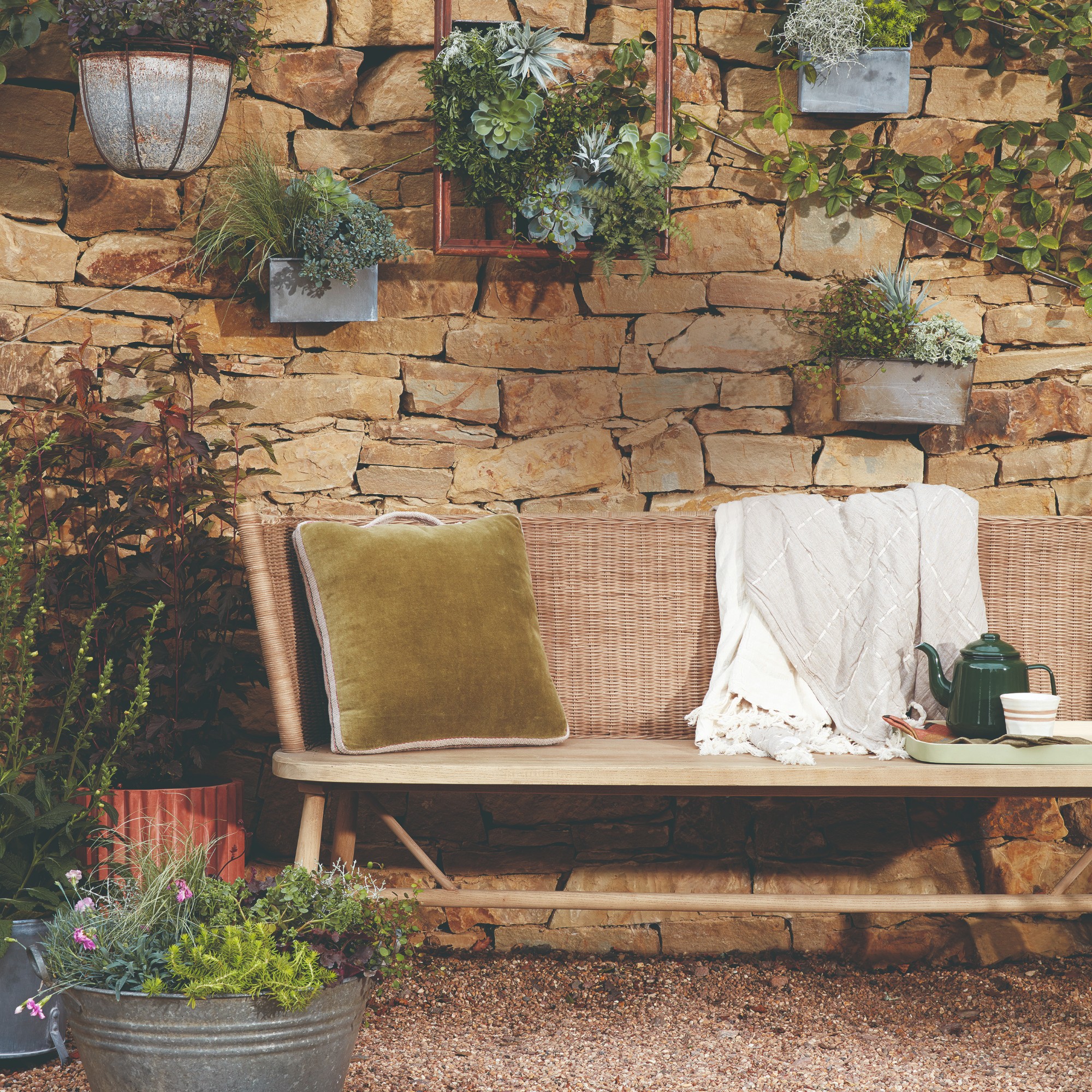 How to remove algae from garden walls in five steps – and the cleaning product experts rave about for tackling it fast
How to remove algae from garden walls in five steps – and the cleaning product experts rave about for tackling it fastExperts share their top tips for getting garden walls algae-free
By Katie Sims